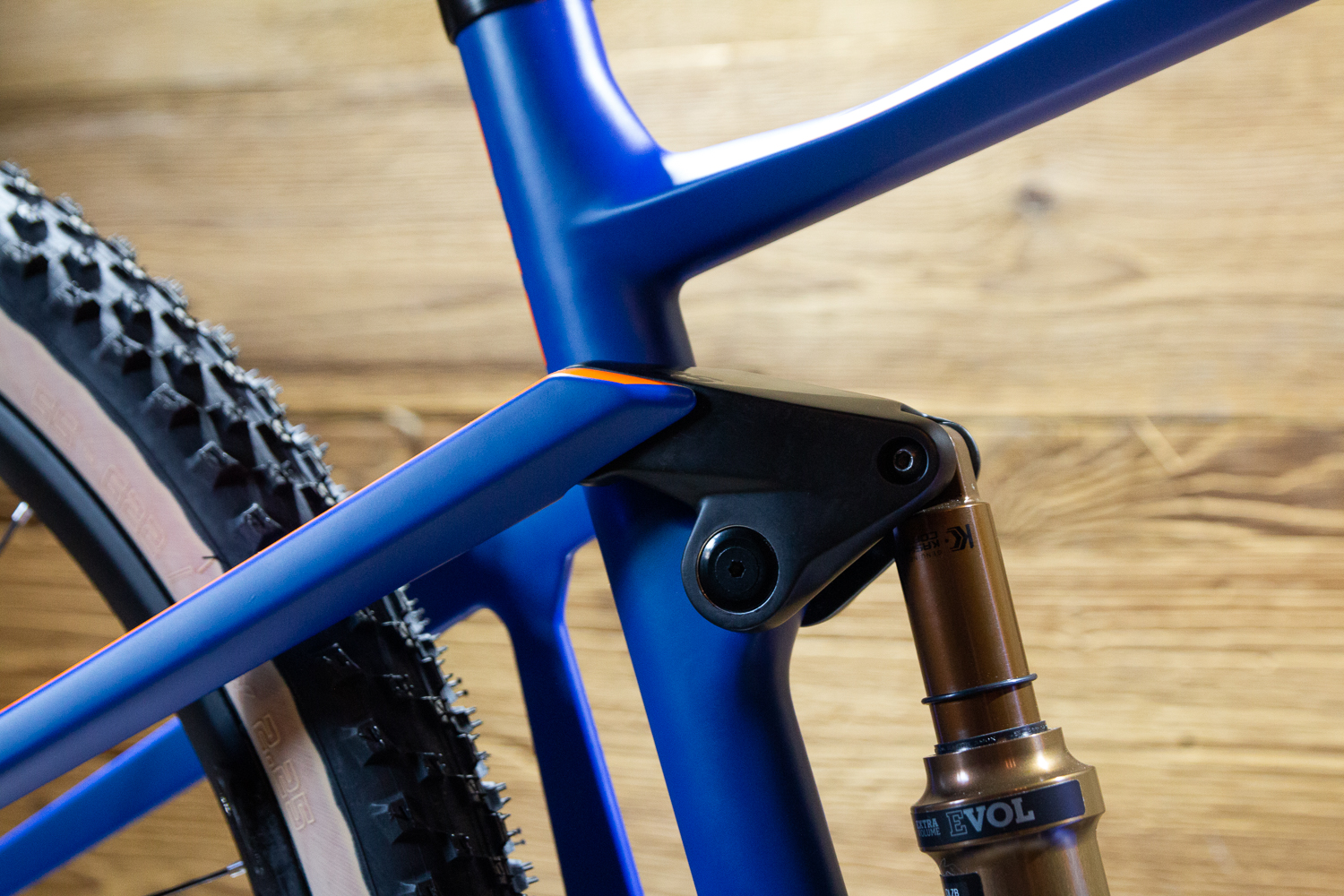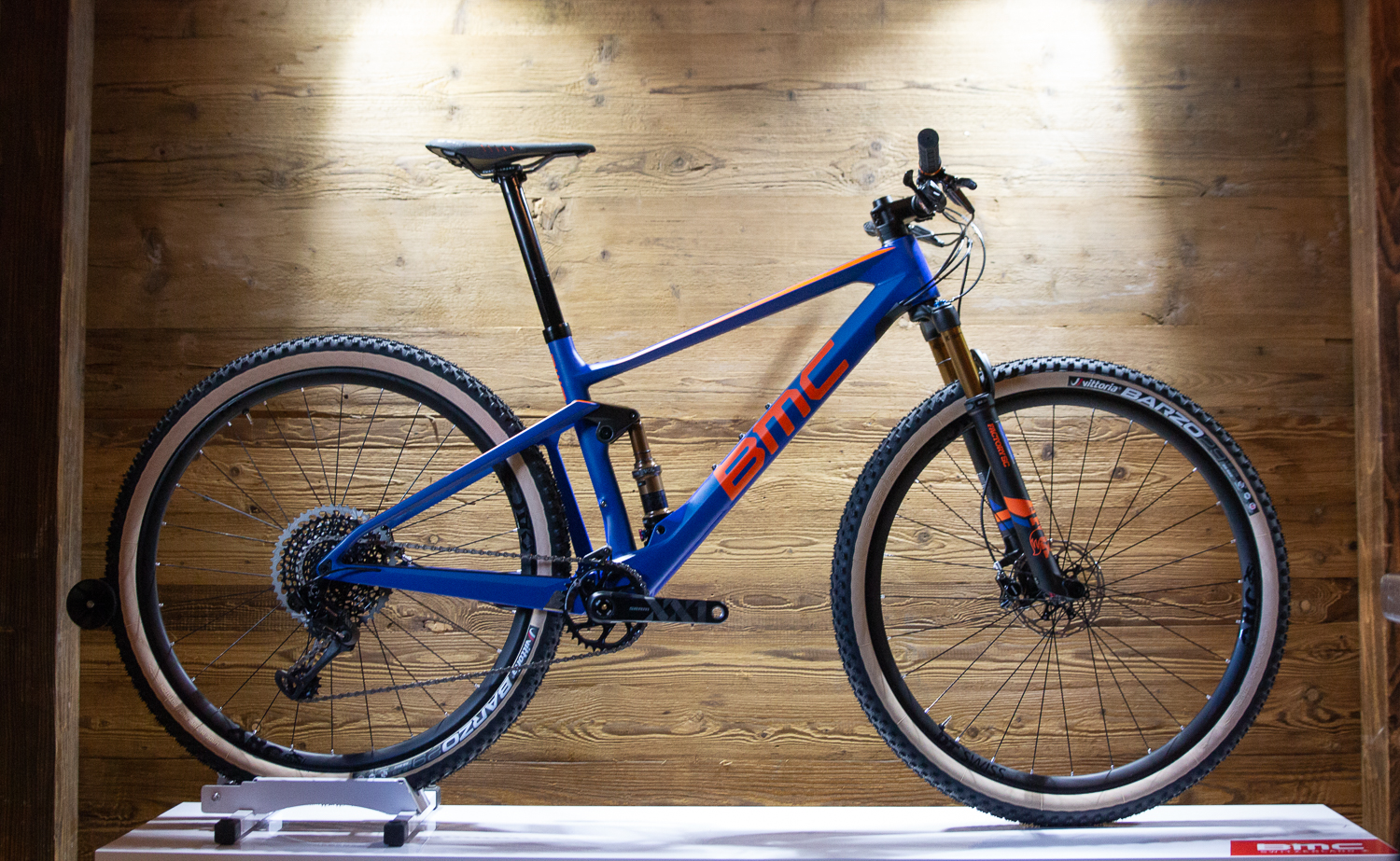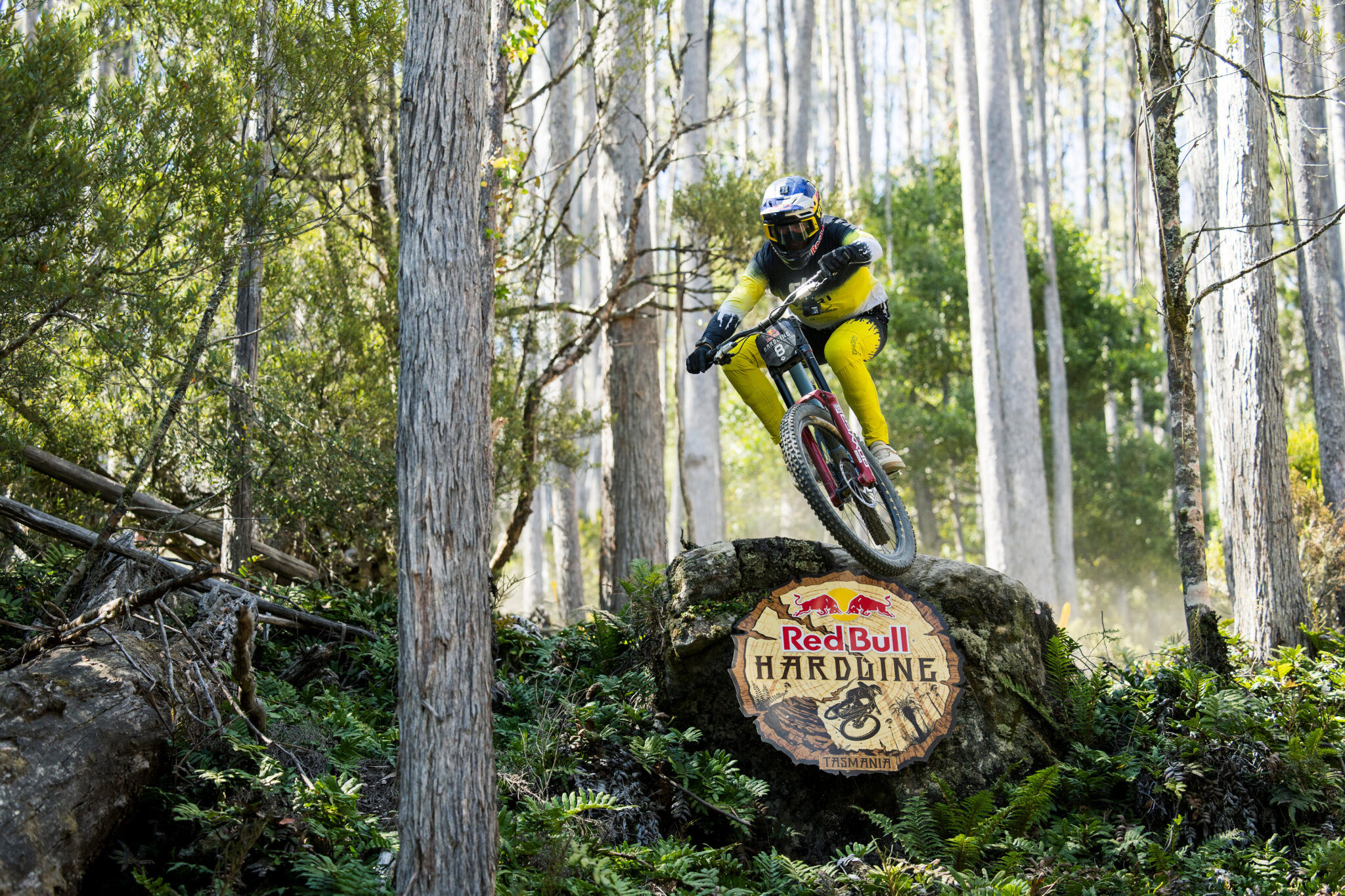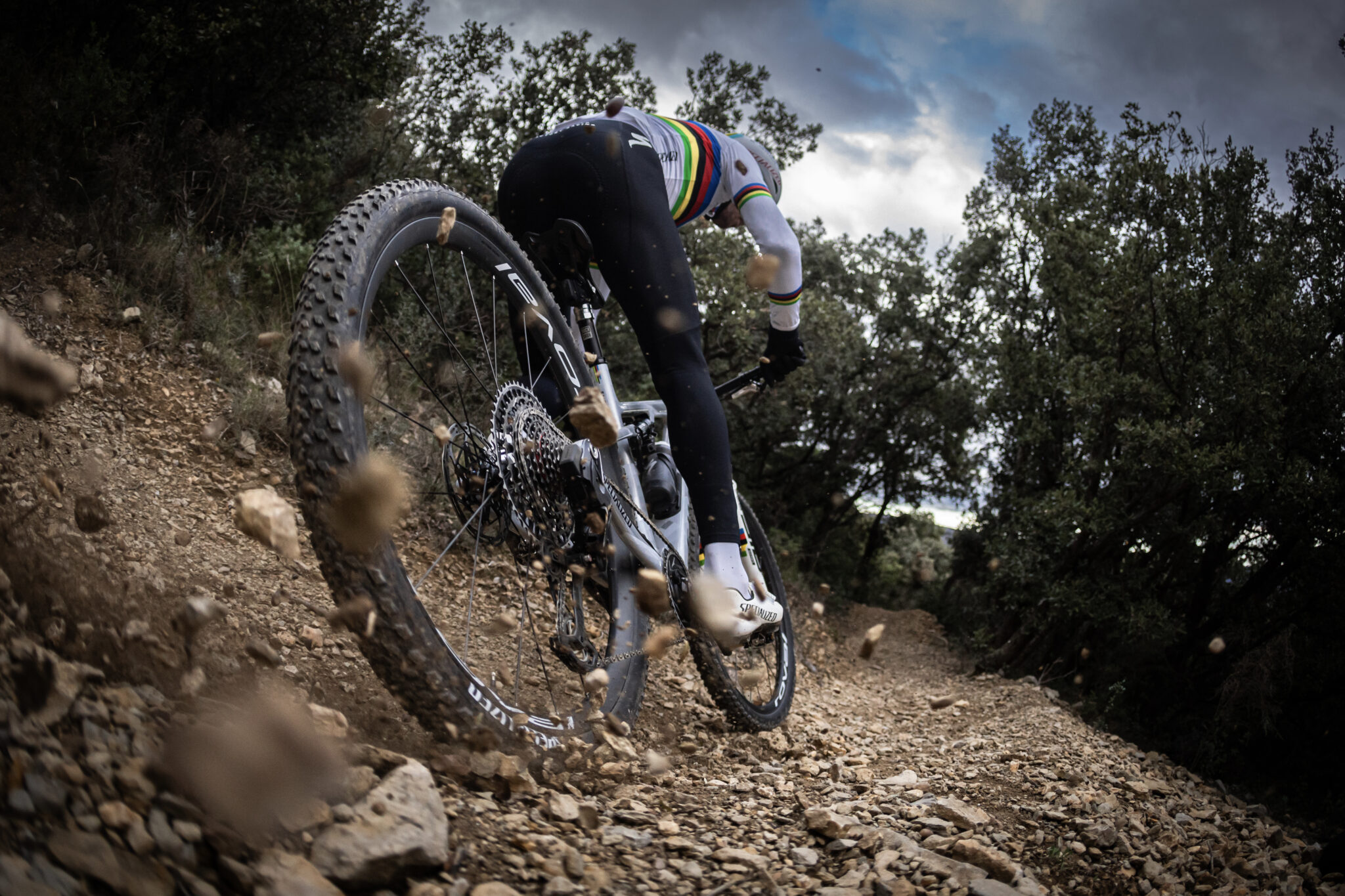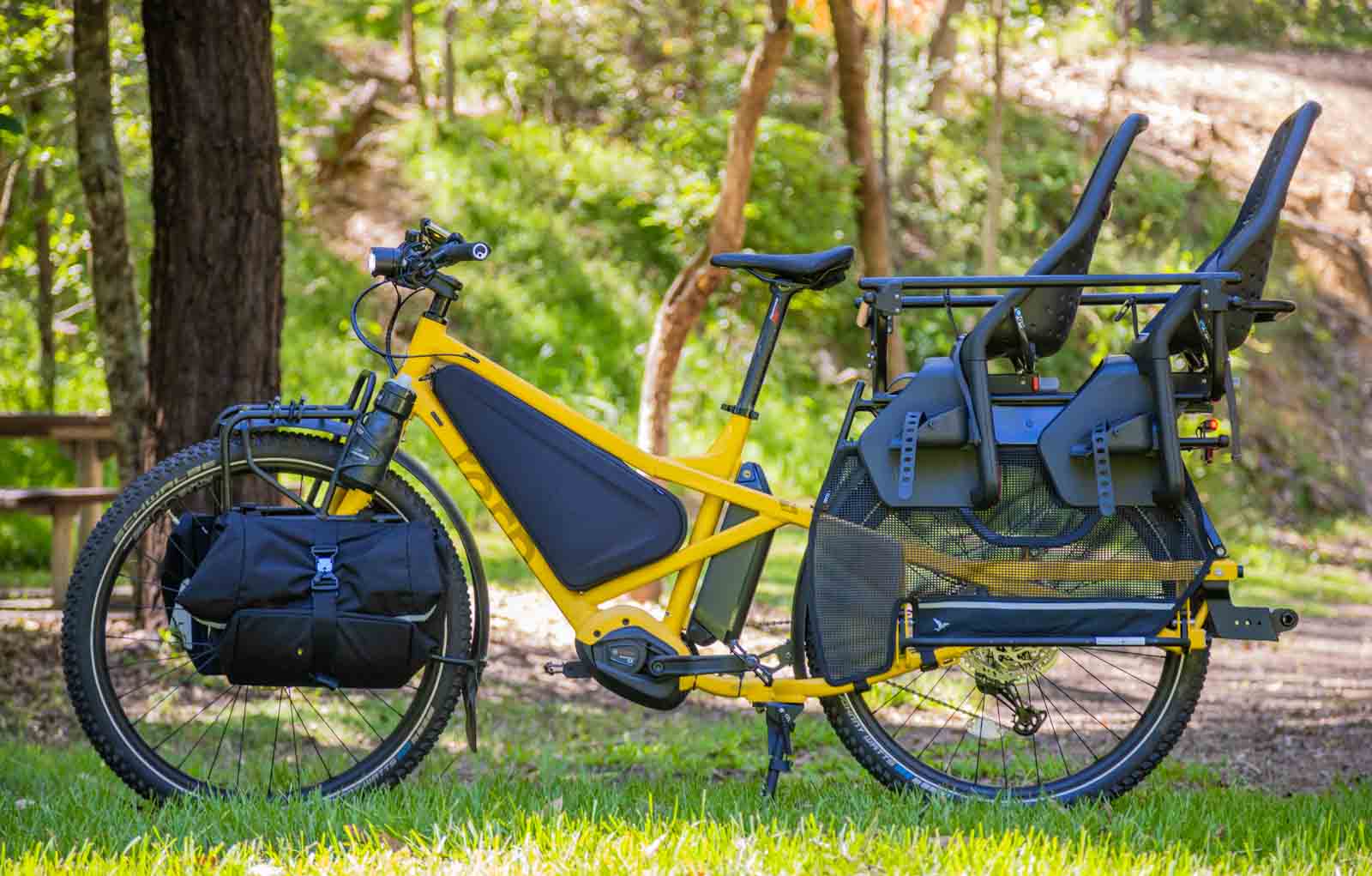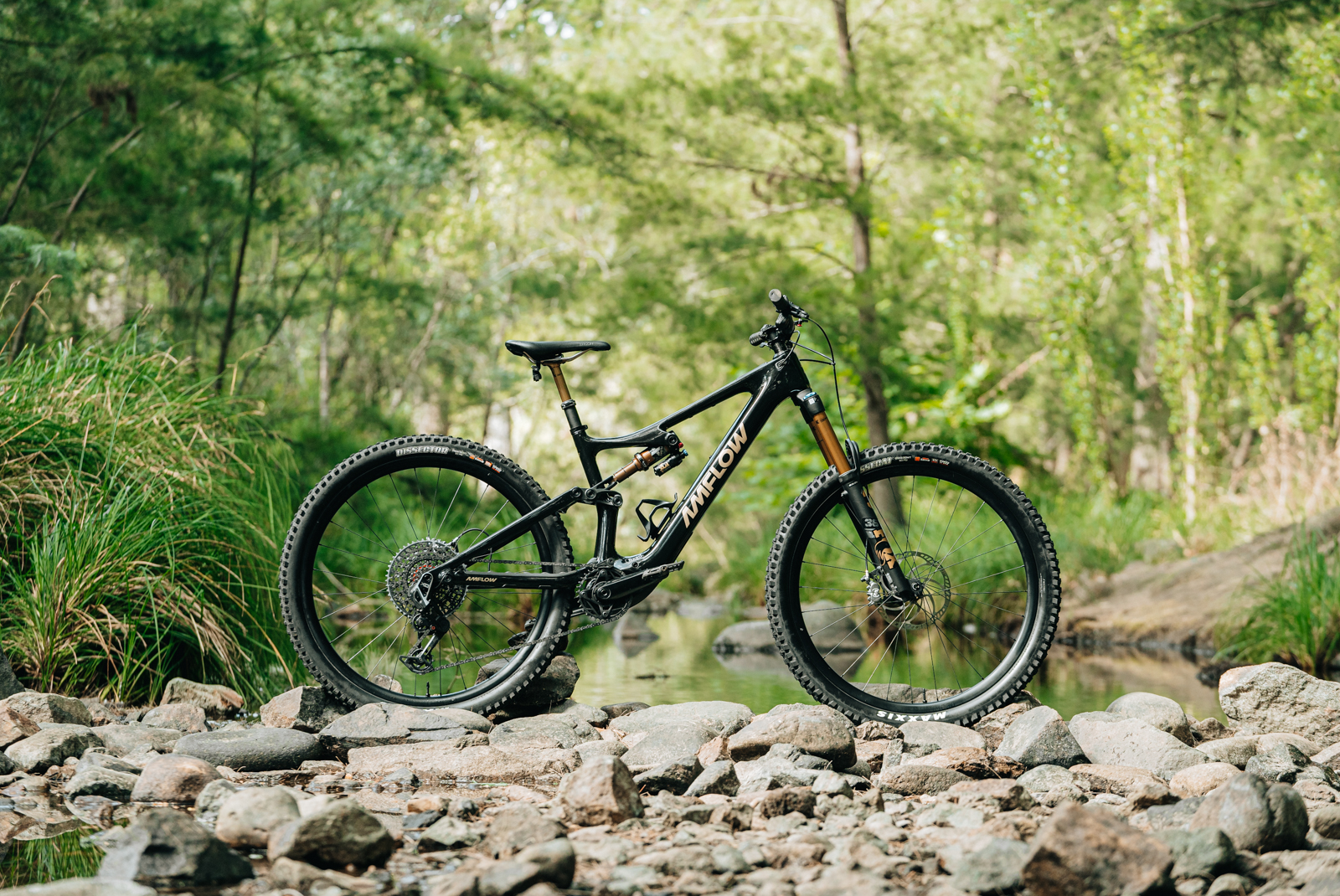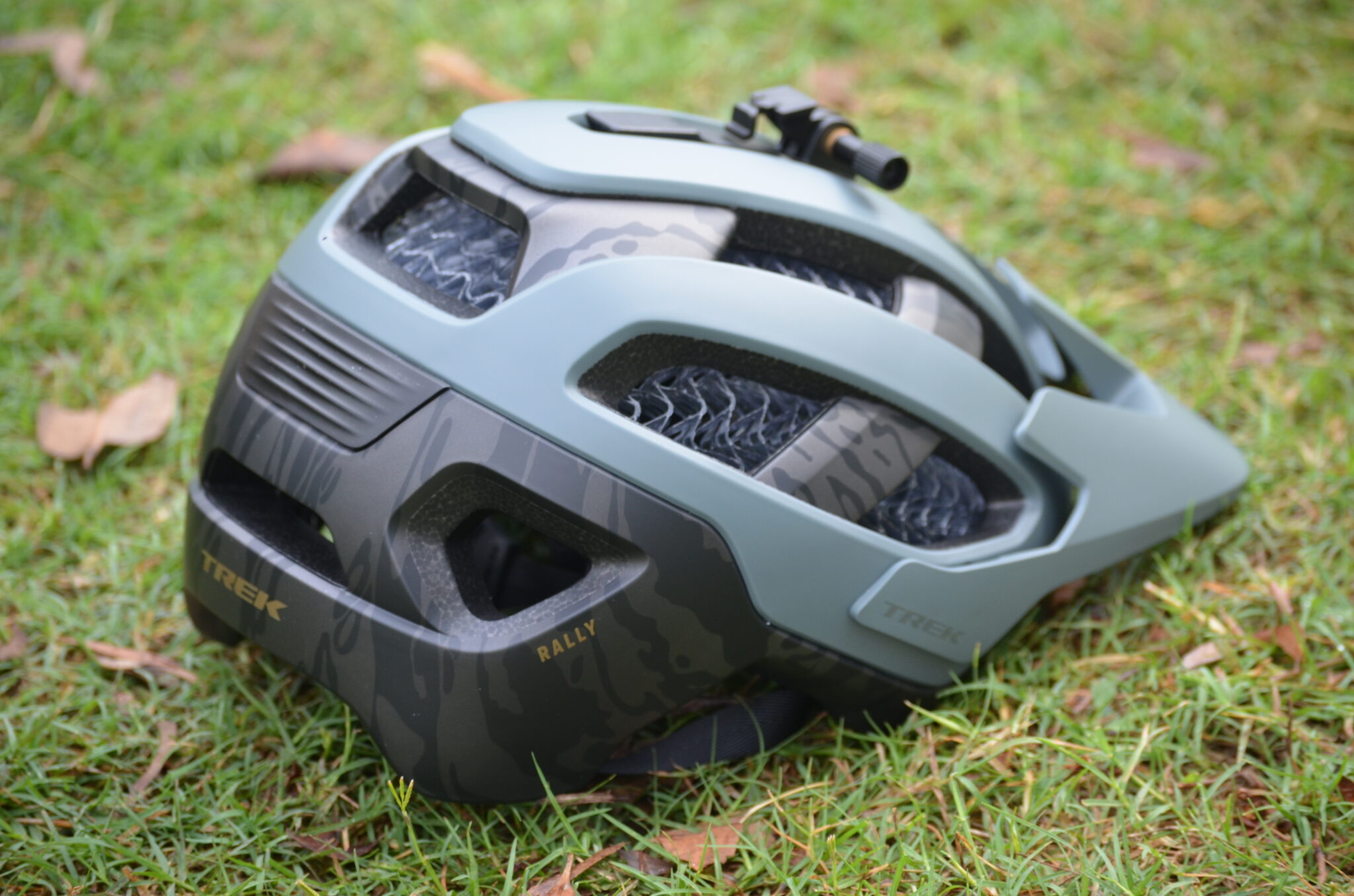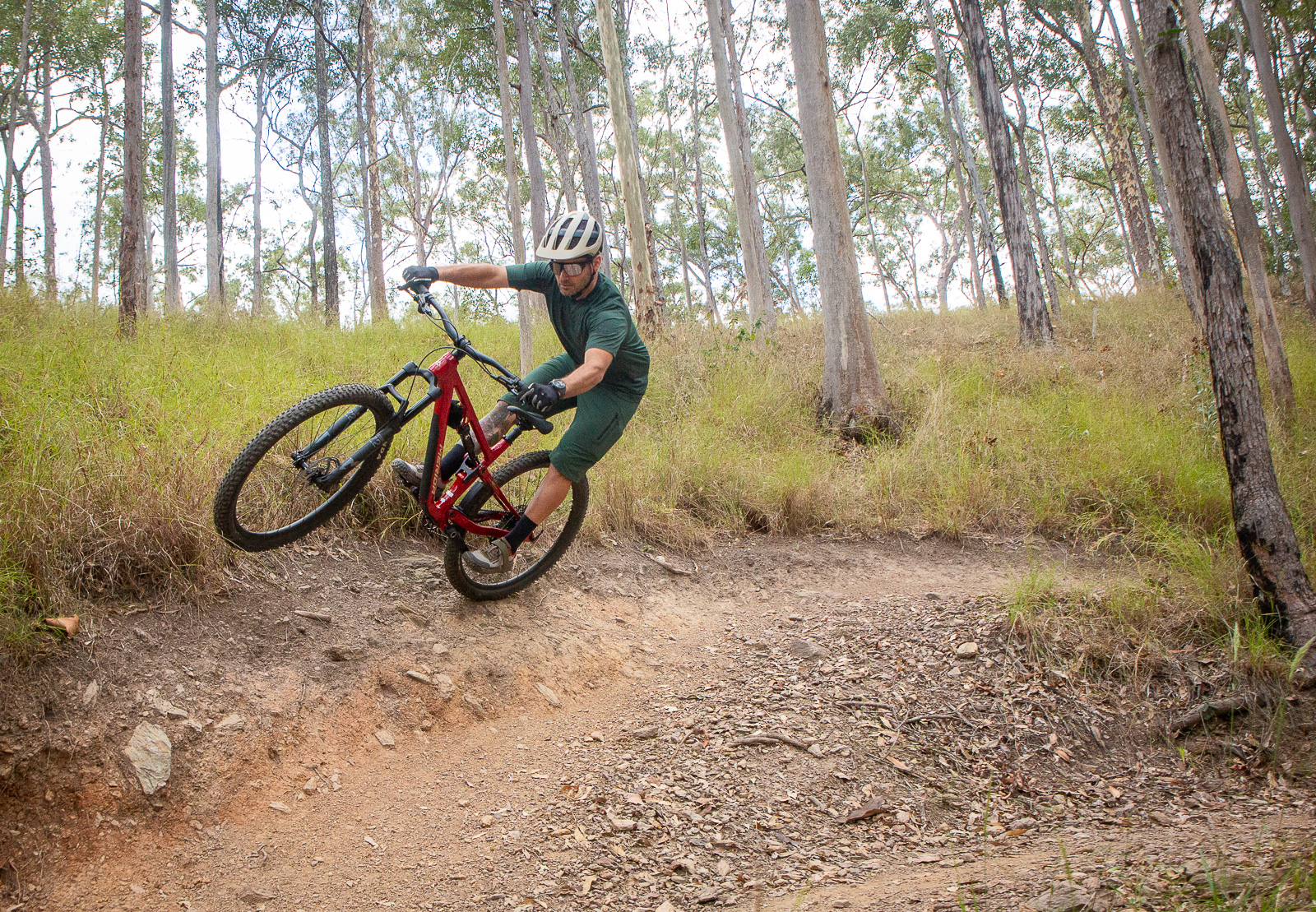BMC launch a new Fourstroke in Lenzerheide
At the Men's U23 XCO, BMC revealed their new Fourstroke to the world - with new geo and an integrated dropper post.
The BMC Fourstroke, like we tested in late 2015, is one of the very few dual suspension mountain bikes to win a World Championship. Julien Absalon won in 2014 atop a Fourstroke, and it's really only the Scott Spark RC and Specialized Epic that have won a rainbow jersey.
Now, BMC have released a new Fourstroke, building on what the original did.
The Fourstroke was known for efficient and high performance suspension with their APS system, light weight, modern geometry and a stiff frame. But XC, and the bikes required, have changed a lot since the original Fourstroke was designed.
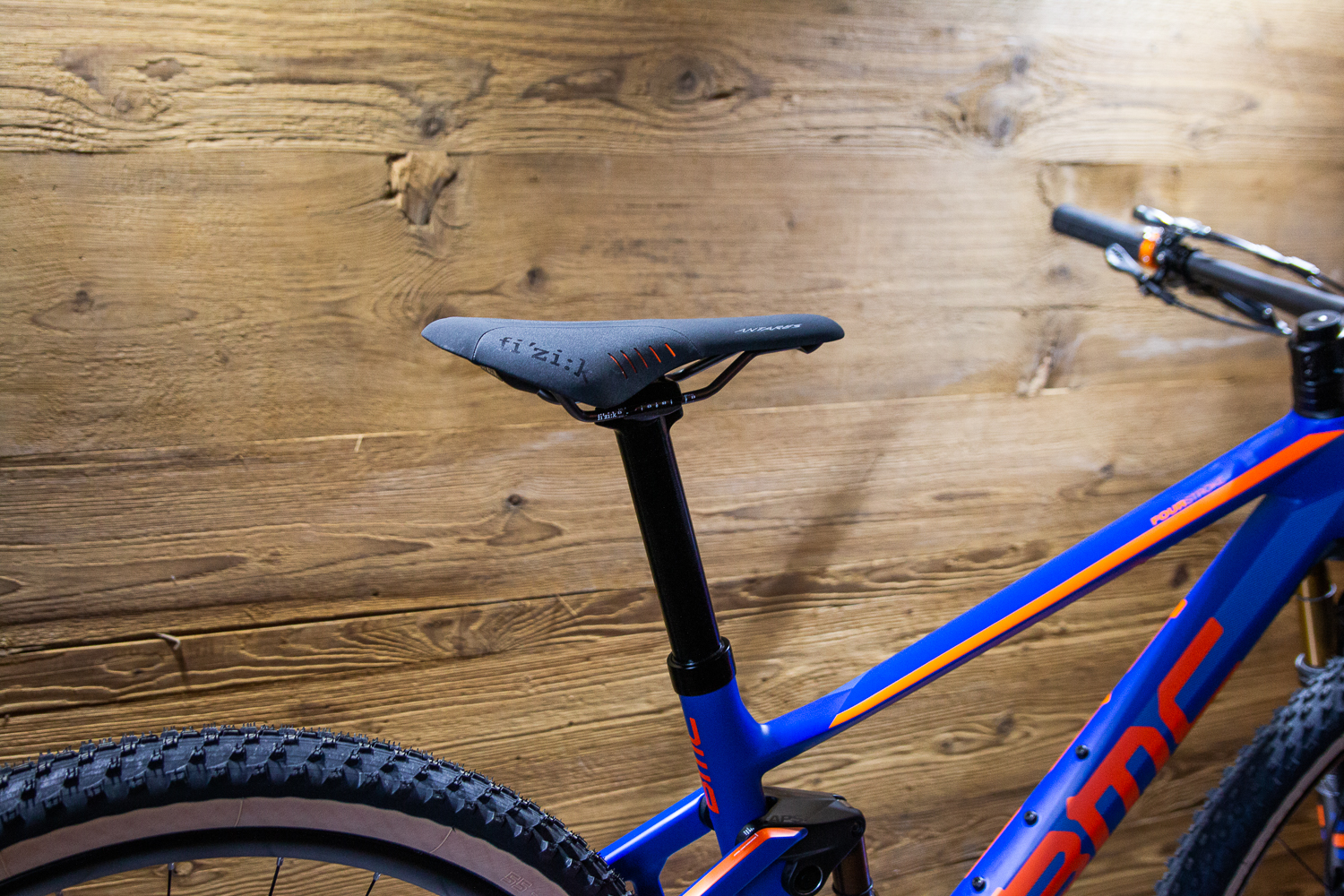
One of the big things is the use of dropper posts. Absalon had been using one since 2016, and the BMC Team also use droppers on their race bikes. But, there is an inherent problem with a dropper post – they are typically built for the demands of trail or enduro riding, and carry a lot of weight.
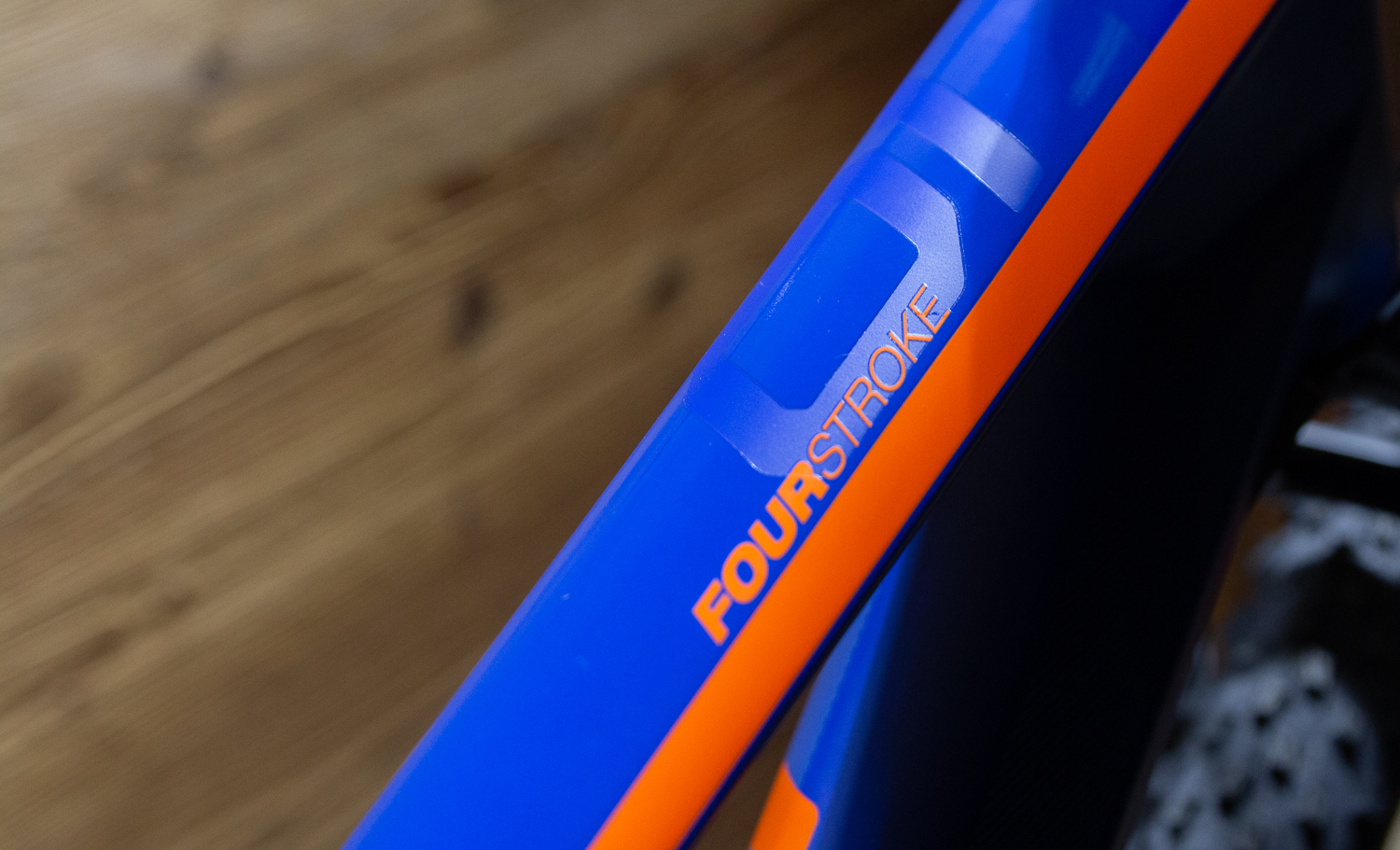
BMC have engineered around some of the current problems with dropper posts, and really wanted to have a 'slop free' dropper that wasn't a weight penalty.
Their Impec Lab came up with the solution – an oval seat post that has two positions. Either up, or dropped 80mm. Unlike the BMC Speedfox the dropper runs independantly to the rear suspension compression adjustment – as the needs for an XC rider are different.
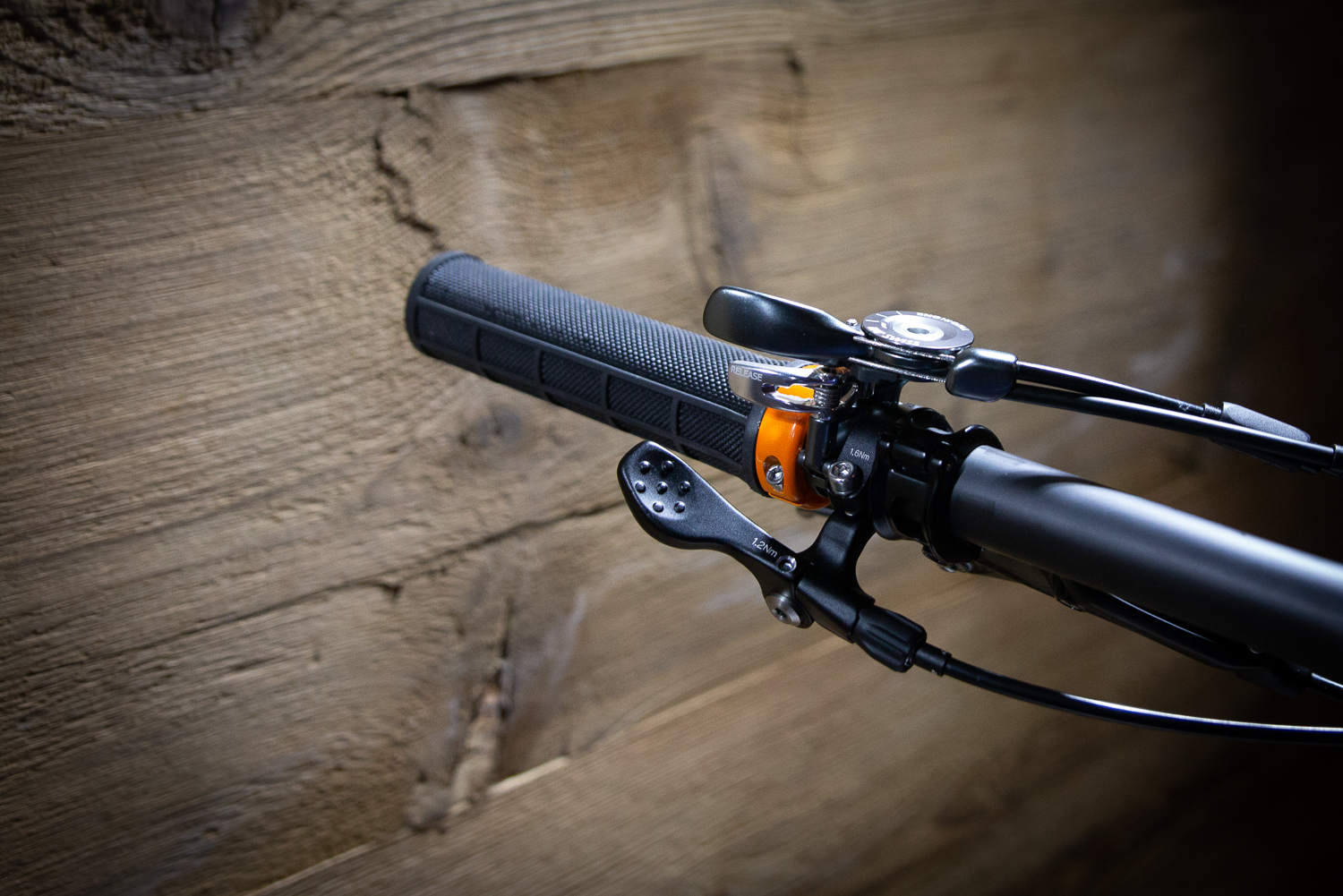
The weight of the frame is 2270g with shock and hardware, the the dropper is 345g.
The frame has 100mm of travel and is designed around 100mm up front, matched with an aggressive 67.5 degree head angle. To keep the handling sharp, fork offset is 44mm.
BMC have lowered the bottom bracket a little, and with the move to Boost space, shrunk the rear centre to 429mm. They made the seat angle steeper, to match the position their riders need – and it is 75.6 degrees. The head tube is also a little lower, and the front end has grown in about 15mm increase across sizes.
BMC knew they needed to balance weight and stiffness, and have opted to prioritise stiffness. To that end they have a new stem (in 50, 60 and 70mm) with a wide clamp. The bearing race also has a built in steering block, to stop the bars smashing the top tube.
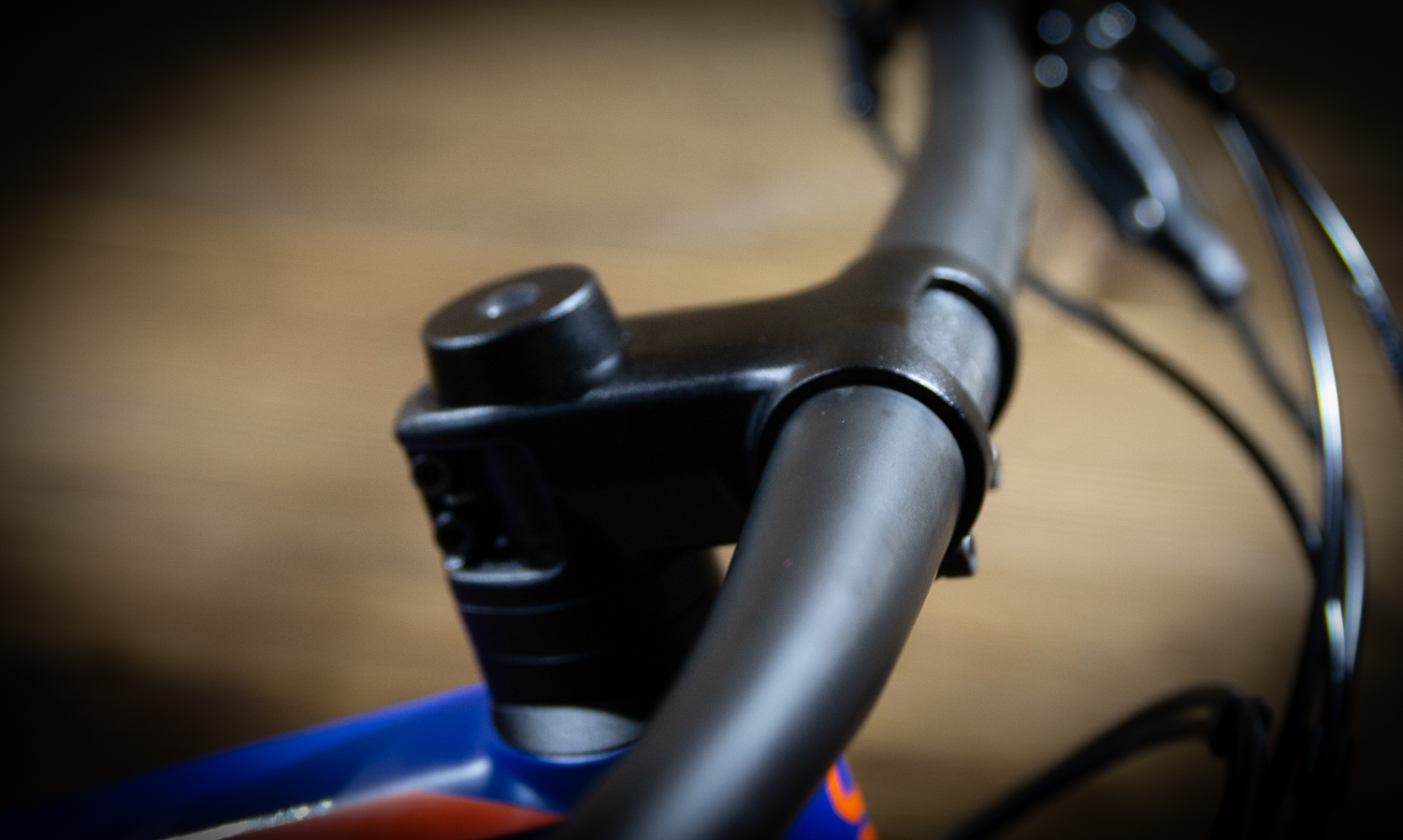
The bikes run dual lock out, and a full APS system, which means the engineers can control the suspension through the whole stroke, which isn't possible with most flex pivot designs.
BMC engineers moved the shock low into the frame, with a trunnion mount shock. They have a mini chainguide that can be flicked out of the way for easy shock servicing. It's a 1x specific frame.
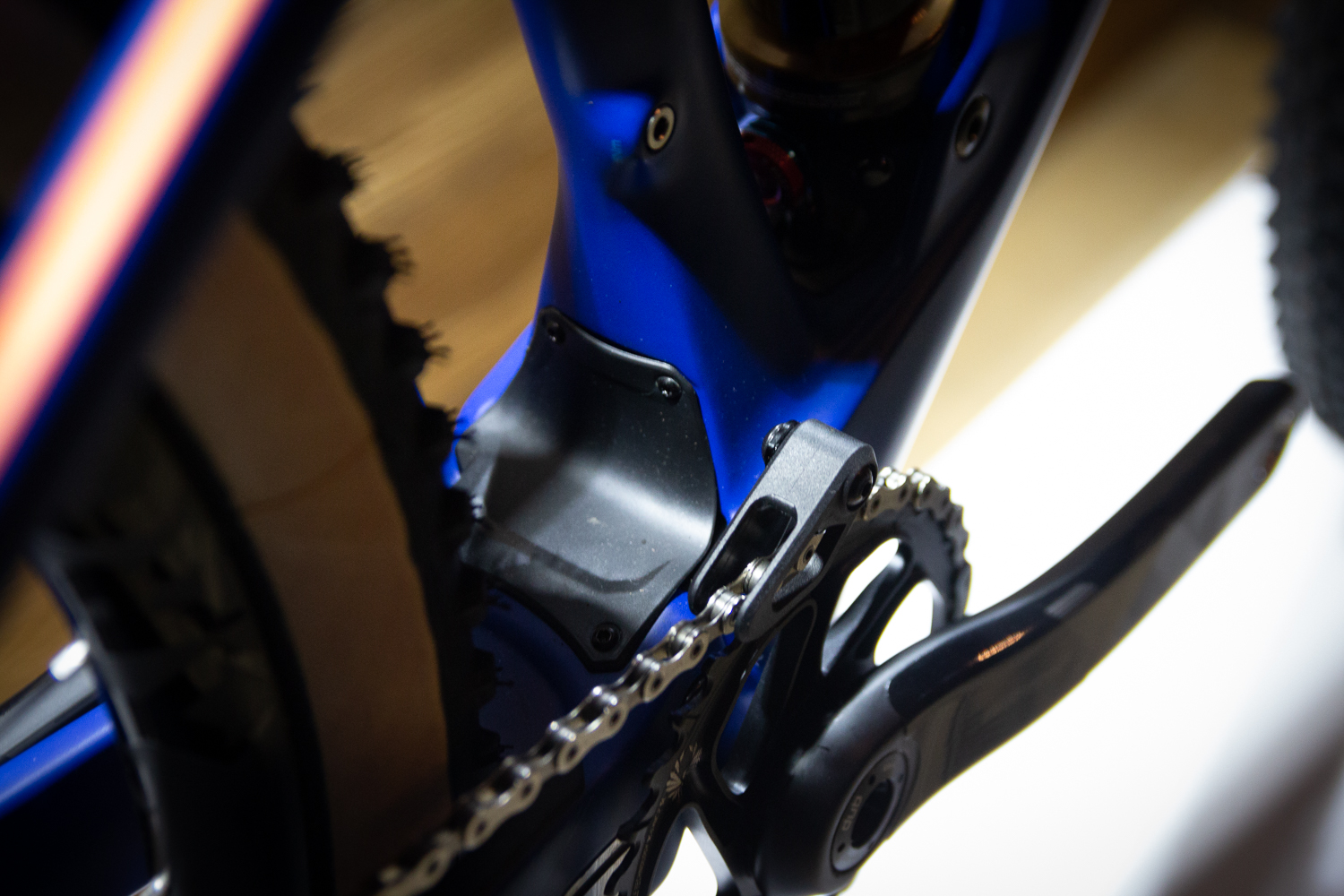
The frame fits one bottle, but with three mountain bolts so you can run a huge bottle, or a small one higher up for fast access.
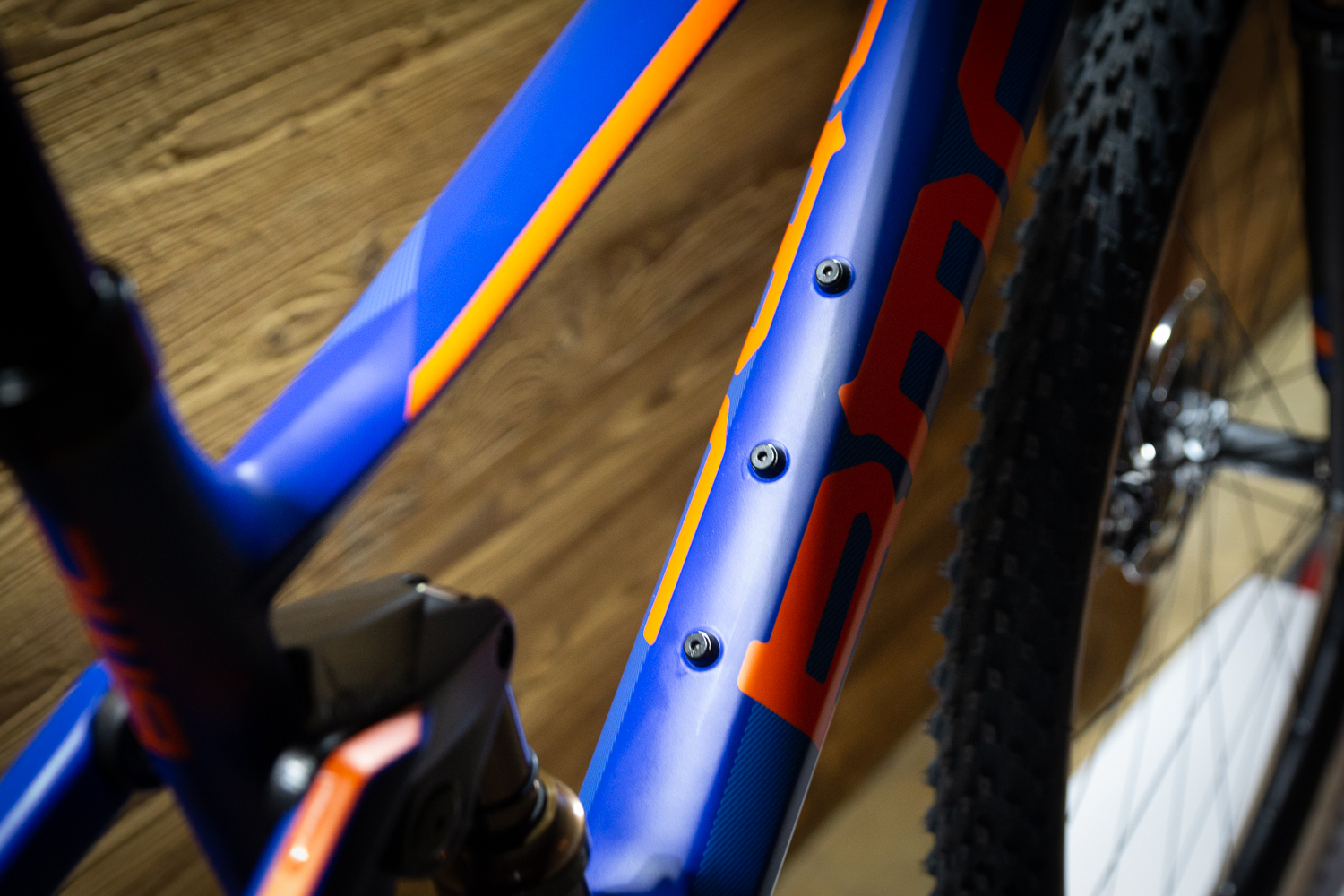
There are three builds available, or a whole frame kit with shock and stem and headset (and dropper obviously!). The seat post is still adjustable via a bolt above the chain guide – and the range of adjustment covers more than the size range of each of the 4 frame sizes. There's scope for BMC to increase the drop of the post in the future too.
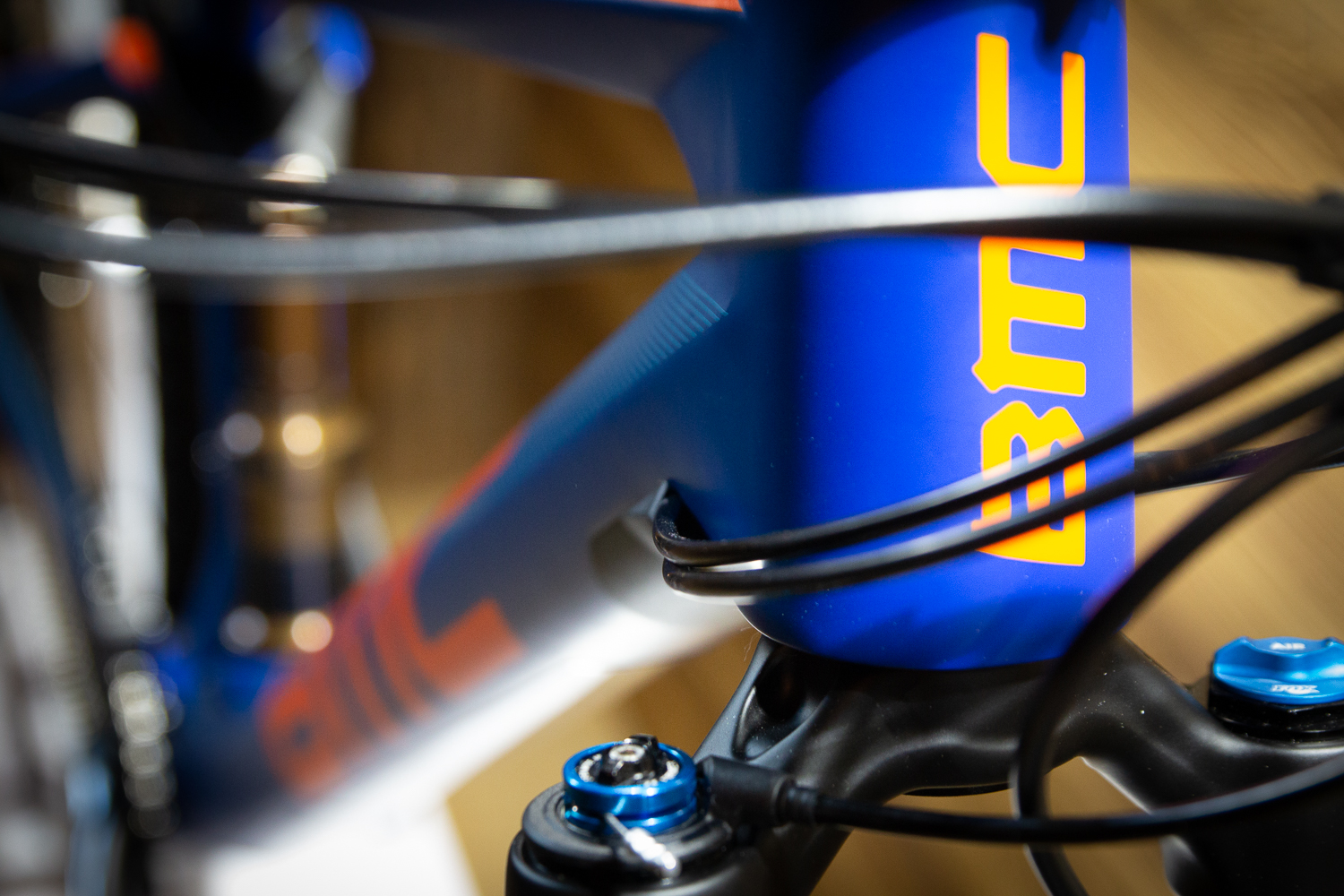
The frames have complete internal routing, and it's sleeved. Feed your outer in from one end and it pops out exactly where it is needed at the other end.
This is a really impressive looking bike – totally new school XC without being 'down country' which is probably more what the BMC Agonist suits.
But will we see it in Australia? That's not certain yet. But BMC look to have really moved the goal posts for aggressive XC race bikes.
